During my visit to Egypt, we had an optional 3 hours tour to Nubian Village when we are in Aswan. Egypt is not just ruins and temples. Nubian Village has something different and it is unlike anything you see in Egypt. Nubian has its own unique culture. These are the 16 things that are useful before you visit Nubian Village.
1. Where is Nubian Village?
It is about 45 minutes by boat from Aswan. (1-hour flight direct from Cairo to Aswan)

2. Our Boat Ride Journey
We had a boat ride, first with a felucca boat then catch motorboat ride as it is faster to reach. Felucca boat highly depending on the wind to sail, it is a traditional wooden sailing boat in Egypt and the middle east. When you are in Eygpt, most likely you will experience Felucca boat ride!
The Nubian guy who sails the felucca also sings and dances for us. Very entertaining.
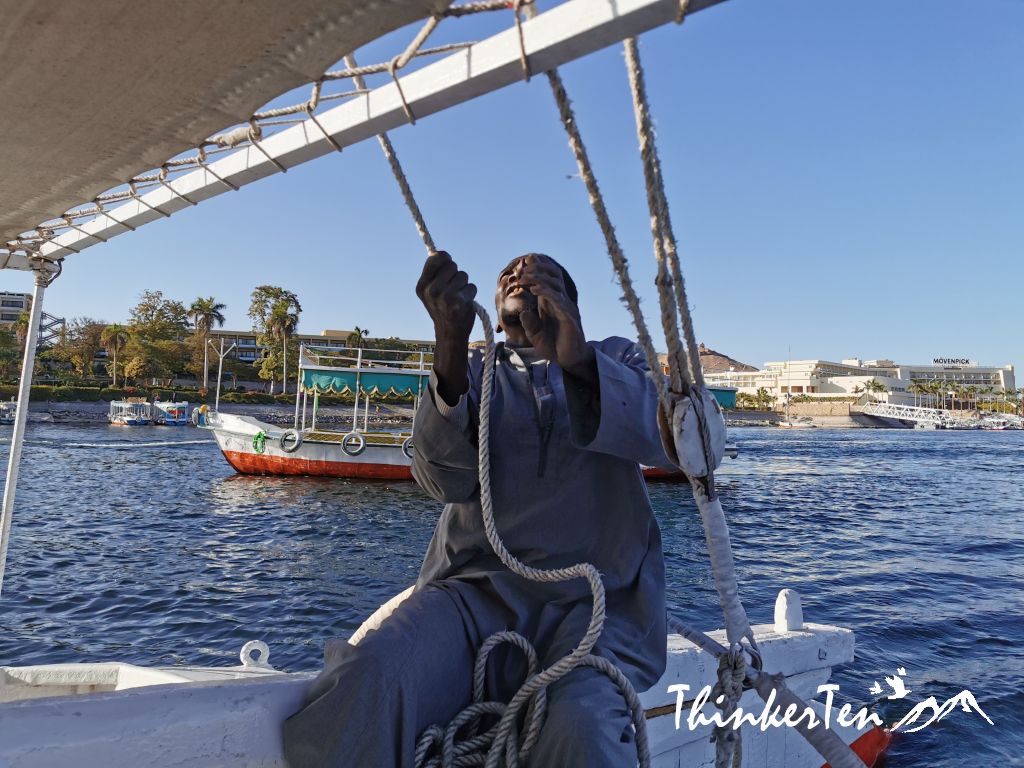
3. Why Felluca Boat Ride is a must when you travel Eygpt?
A felucca is very popular in the Red Sea area and the eastern Mediterranean, in Egypt and Sudan (along the Nile). It has a lot of different shapes and sizes and highly dependant on wind. Ours wasn’t sailing so well as the wind was not strong enough. So we had another motorboat ride halfway to Nubian Village.

4. Motorboat ride
When we changed to the motorboat, we had the chance to go up the deck to have a better view.

5. Who are the Nubians actually?
Nubians do not look like the Egyptians we saw in Cairo or other cities of Eygpt. They have darker skin and curly hair, just like the African. In fact, they are actually an ethnolinguistic group of Africans indigenous to present-day Sudan and southern Egypt who originate from the early inhabitants of the central Nile valley, believed to be one of the earliest cradles of civilization.
During our boat rides, the Nubian boys paddle with hands to our boats and sing us some Chinese songs (3 little tigers) and some tourists from our felucca boat give them few dollars tips in USD. I am not sure we should encourage this kind of behavior as children are supposed to stay in school to study.

6. What language does Nubian speak?
Nubian has its own spoken language but no written one. However, it is now it is extinct. No one speaks the old Nubian language anymore. They use Arabic now in Nubian Village in Egypt.
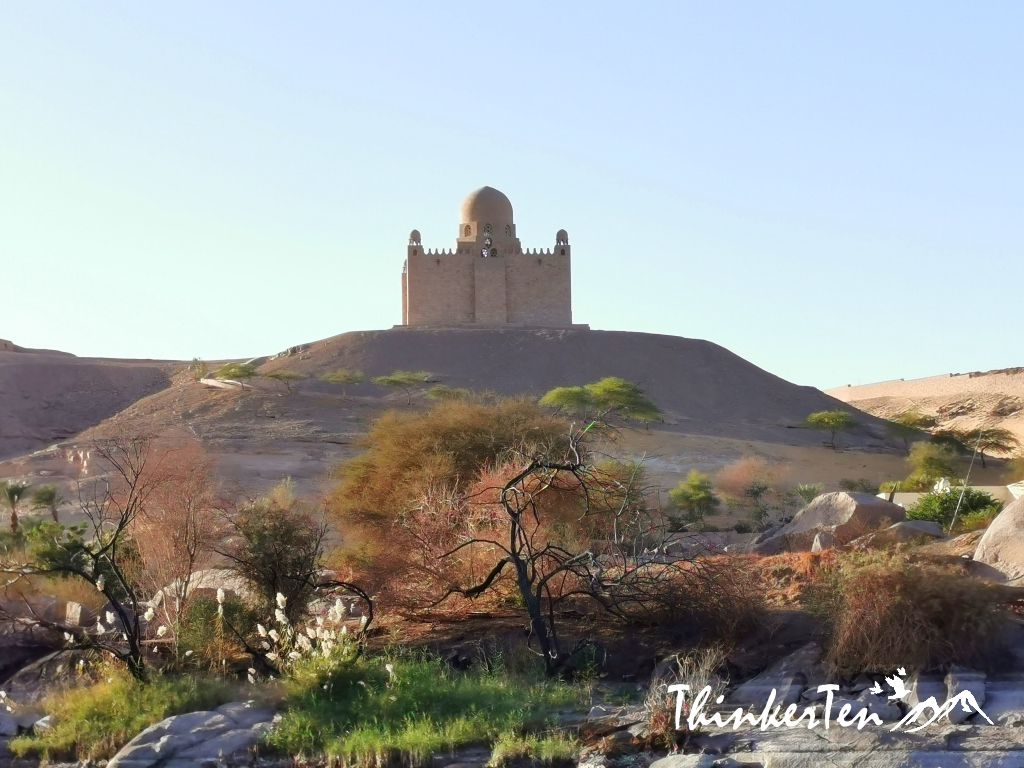
7. Nearby -Elephantine Island
Our boat sails past Elephantine Island, which is also another important archaeological site here. The island is the oldest inhabited part of Aswan. If you have free time to spend, you can ask the boat to stop and visit Elephantine Island.
Elephantine Island is the site of ancient Abu (meaning both elephant and ivory in ancient Egyptian), both names a reminder of the island’s once important ivory trade. At the beginning of the 1st dynasty (about 3,000 BC) a fortress was built on the island to establish Egypt’s southern frontier. Abu soon became an important customs point and trading center.
Note there is no Elephant here but you see some ruins but aren’t very completed one like Abu Simbel.
8. You can swim in Nubian Beach
Our motorboat stop at Nubian Beach. The beach is clean and nice to walk on barefoot. If weather permits you are welcome to swim on the river Nile. Don’t worry, there is no crocodile.
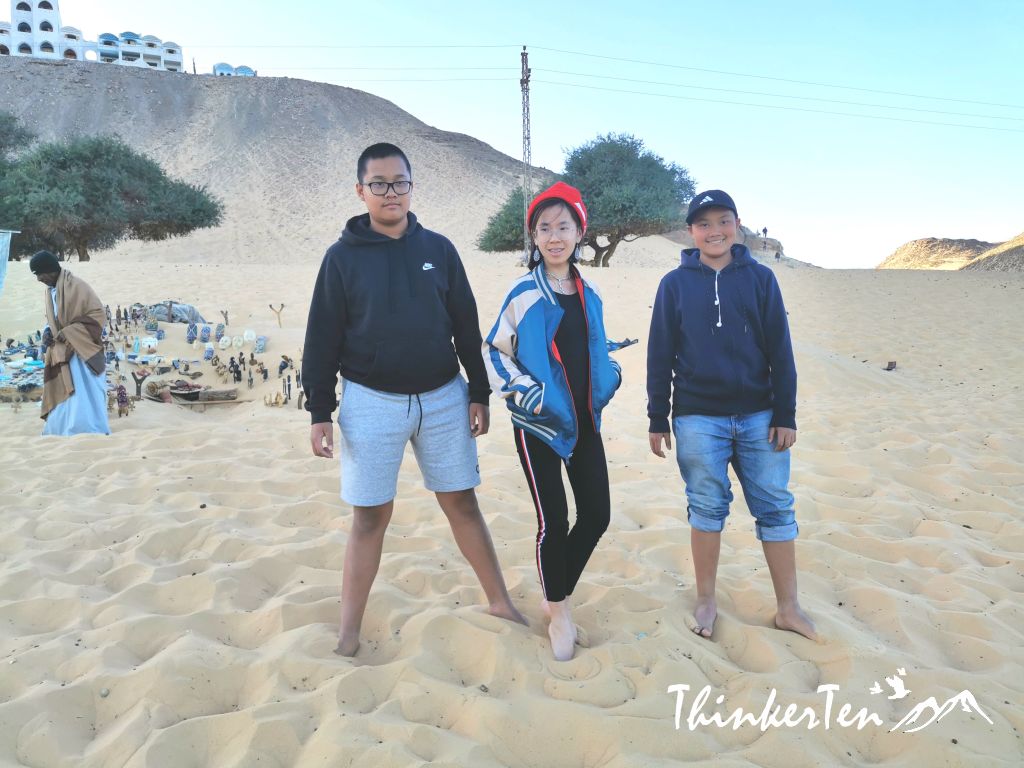
9. Do the Camel Ride in Nubian Village
You will also see lots of camels gather in herbs nearby trying to get tourists for the ride. Please note these are Arabian camels also known as dromedaries, they are very tall and one hump.

10. Colorful Nubian Houses
Nubians are colorful people, they painted their house in different colors, sky-blue, pink or yellow and often decorated with the hajj scene.
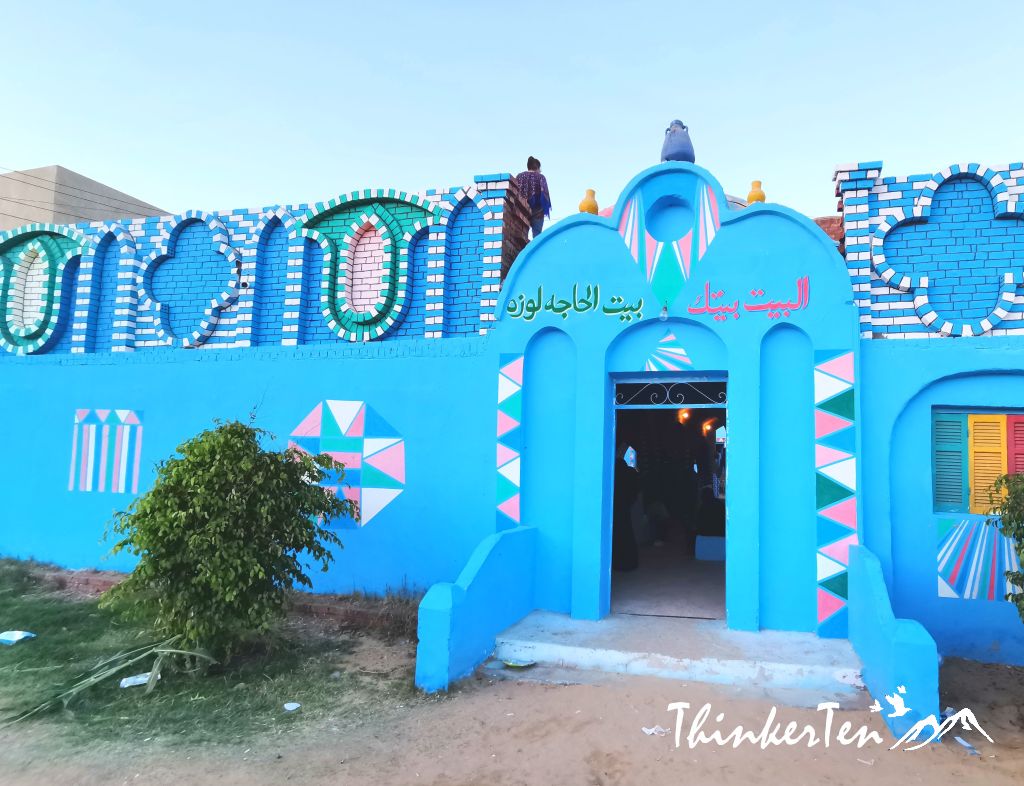
11. Nubian School Visit
Once we arrived in Nubian Village, we first went to Nubian school. We sit in a small classroom and a Nubian teacher started to teach us some Arabic.

Later he wrote down our names on the board with the Arabic.

12. Nubian House Visit
The tour also includes a house visit to the Nubian Home. Inside the house, we were served Nubian tea and allow to see their room and kitchen. I was told the house can be very hot during the summer but luckily there are air-conditioning.
Nubian houses today increasingly resemble Arab ones in the use of separate men’s and women’s rooms built off a central shaded courtyard.
A Nubian proverb has it that “one man cannot build a house, but 10 men can easily build 20 houses.” This sense of the collectivity of household architecture, both for those who build and those who dwell within, remains valid today. Extended families live under one roof, and houses are expanded when newly married couples take up residence and require their own private room.

13. Nubian kept crocodile as their pet
There are baby crocodiles kept as pets in Nubian house.
Everyone is welcome to carry the baby crocodile and shoot a picture. The crocodile weighs about 15 kg and the eyes look very fierce but its mouth has a rope tie around it so it should be safe.
According to National Geographic, crocodiles are the main source of income. A large crocodile can be sold for up to $1,200 each.

Inside the house, you can buy small souvenirs and art crafts from Nubian villagers. If you buy in USD, it is cheaper but there is no hassle at all. They are friendly even if you don’t buy.

14. How Nubian decorate their wall in their home
Nubian put a lot of effort into their house designs and into things around the house. You will notice that houses are decorated with mixes vivid color, adobe brick filigree, figurative and geometric images in mud and white lime-plaster relief, and wall-mounted objects like ceramic plates, automobile headlights, mirrors, cow horns and dried crocodiles.

15. Nubian Market
After the house visit, we had a stroll in Nubian village and look at how people live here. This is an exciting experience. You got to see the locals having their haircut in the barbershop.

16. Colorful Nubian Spice & Camel Liver
Most Nubians eat what they grow in their farms or along the banks of the Nile. They use okra/ladyfingers, spinach, peas, beans, and carrots to create their dishes which is similar to the Egyptians. However, Nubians do incorporate their secret weapon – their own particular herbs and spice, which they grow in their local environment, making their food totally different from other Egyptian dishes.
You may be surprised that one of the interesting dishes is made of camel liver. Well, for me it is not that surprised anymore as I did try the “camel hoof” when I was in Dunhuang desert China.


Final thoughts:
It was an interesting experience to visit Nubian village. Very bright and colorful, even the spices are so colorful!
My favorite part is you will encounter so many camels walk on the markets, side by side with their owners and tourists. It seems like camels are the main transport here. The narrow lane was jammed not by cars but by the camels.
This village has a lot of tourists coming in daily so the villagers aren’t very poor. You can see it from the children’s clothing – their clothes are clean and well dressed with a nice hairdo. Most importantly they aren’t skinny at all.

You can find more information at the youtube below:

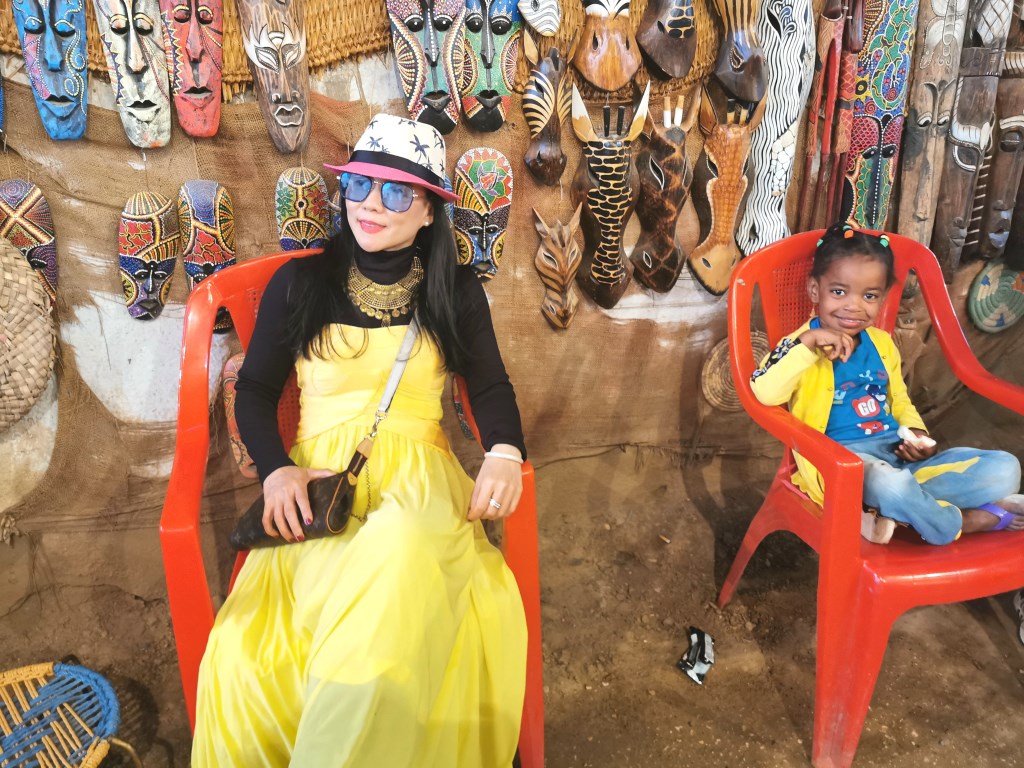
5 comments
Nubian Village looks so beautiful and colorful. Super cool how the camels are a mode of transportation. Looks like a good place to visit.
Nubian Village sounds like a very interesting place to see. It’s definitely different from everything I have seen before, I love the colorful houses. I however don’t agree with taking photos with the crocodiles or having them as “pets”. That is animal cruelty.
If I were to visit Nubian House, I would have a good time there for sure. I would love to also ride a camel. Looks like so much fun!
We are yet to visit Egypt although I would like to. I thought it was all about the pyramids but this tour looks great. I would love to see the colourful houses.
Egypt is in my bucket list for places to travel to, i will have to come and read this again at some point, the tour looks like fun.